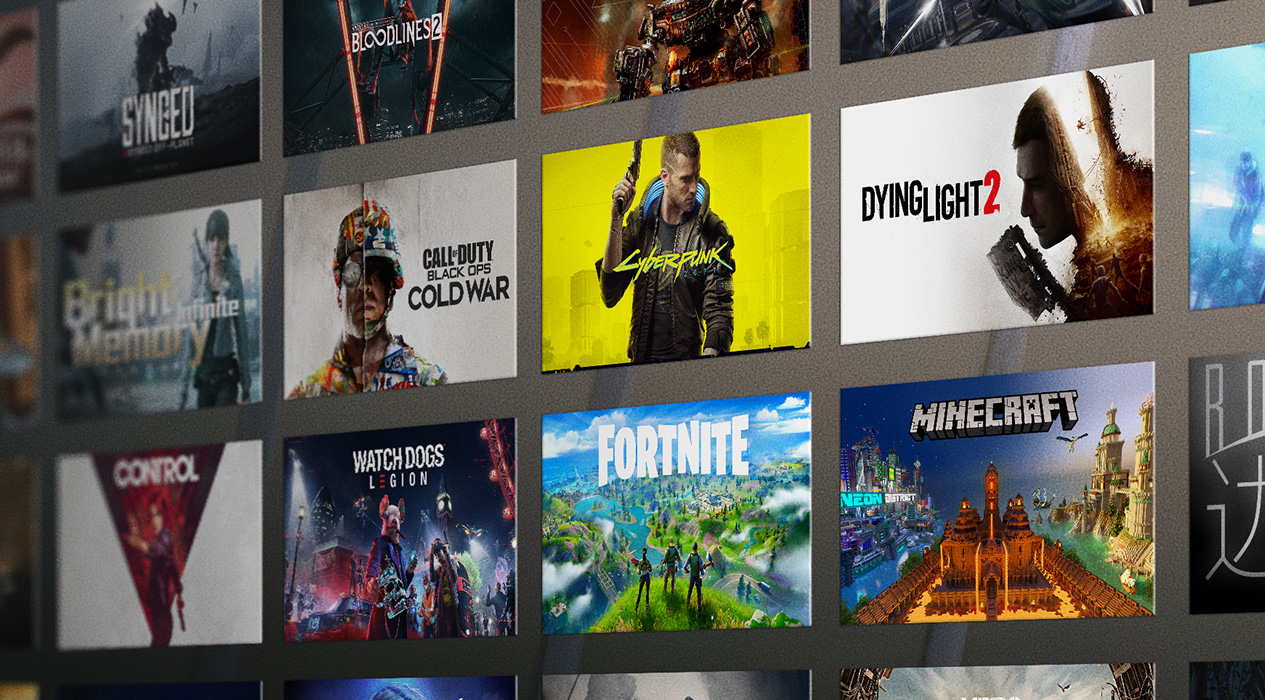
PowerPC Macs won’t let you install OS X to a USB drive or choose it as your startup volume, although there is a work around for that. PowerPC Macs running any version of the Mac OS prior to 10.4.2 cannot mount GPT volumes. Both PowerPC and Intel Macs can boot from APM (Apple’s old partitioning scheme) hard drives, which is the format you must use to create a universal boot drive in Leopard. Only Macintel models can boot from GPT hard drives. Intel-based Macs use a partitioning scheme known as GPT. This should be good enough for most users. Note that 20″ aluminum iMacs use an 18-bit LCD, which can only display 262,144 colors, not the “millions” all other iMacs can display. And if you want to run OS X 10.10 Yosemite or 10.11 El Capitan, plan on upgrading to 8 GB for decent performance.

For OS X 10.8 Mountain Lion and 10.9 Mavericks, 4 GB is decent but 8 GB will be better.

You can install and run OS X 10.7 Lion on a 2 GB Mac, but you’ll be happier with 4 GB. With 2 GB of system memory, the Early 2009 iMacs handle OS X 10.5 Leopard very nicely and have enough memory to run OS X 10.6 Snow Leopard decently, although upgrading RAM will further improve performance. See our macOS Sierra page for more details and a link. 256 MB of system RAM is dedicated to video.Įarly 2009 iMacs ship with OS X 10.5.6 Leopard, and they are compatible with OS X 10.11 El Capitan.Īlthough it is not officially supported, the Early 2009 iMac can run macOS Sierra using Colin Mistr’s Sierra Patch Tool. The 20″ iMac has 2.66 GHz CPU, 2 GB of RAM, a 320 GB 7200 rpm hard drive, an 8x SuperDrive, Nvidia GeForce 9400M graphics, and Apple’s aluminum keyboard and Mighty Mouse. They are the first iMacs to support up to 8 GB of RAM and are the first iMacs to use SATA optical drives.
The low-end Early 2009 iMacs use the same Nvidia GeForce 9400M GPU found in Early 2009 MacBooks and the Early 2009 Mac mini.Įarly 2009 iMacs have four USB 2.0 ports (one more than previous aluminum iMacs), FireWire 800 (but no longer 400), gigabit ethernet, 802.11n WiFi, Bluetooth 2.1+EDR, and an 8x SuperDrive – as well as a slim keyboard with two USB 2.0 ports. Apple updated the iMac with Nvidia graphics as a standard feature ( Late 2008 iMacs used Radeon graphics).


 0 kommentar(er)
0 kommentar(er)
